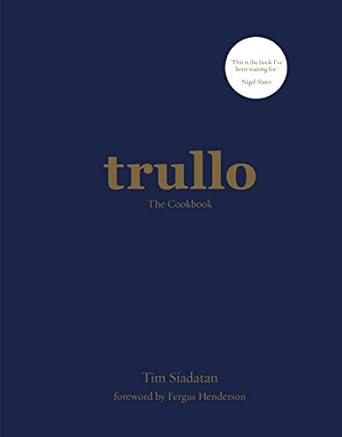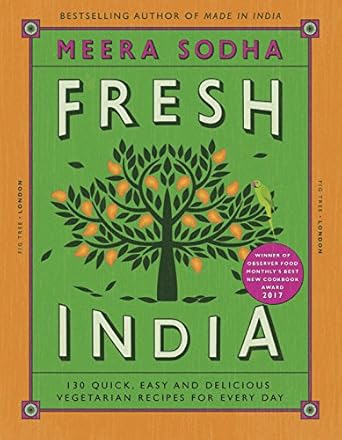Brussels Sprouts

NUTRITION
Cruciferous vegetables - such as sprouts, broccoli and cabbage - are linked with a wide range of health benefits. Brussels are a good source of vitamins A and C, iron, potassium and fibre.
Like Marmite, brussels sprouts are a somewhat divisive food, although most people who claim to hate them have probably been scarred by encounters with horrible overcooked monstrosities in their formative years.
When prepared with a little care, sprouts are a wonderfully satisfying vegetable with a delicious, fresh, green flavour and just the right amount of crunch. They can be served simply as a side vegetable (perhaps with some chopped chestnuts or a sprinkling of sesame seeds), added to casseroles or sliced and stir-fried (try them with beef and oyster sauce).
HISTORY
Some sources trace sprouts back to ancient China whilst others claim they originated much later and were grown in the area around Brussels in the thirteenth century. It is known that they were not introduced to France and England until late in the eighteenth century.
Today they are eaten in N. America and Australia but remain a much more common sight on dining tables in N. Europe, and Britain in particular.
BIOLOGY
Brussels sprouts belong to the Gemmifera group of the cabbage family (Brassica oleracea). The sprouts grow as head buds around a central stem.
TIPS
BUYING
Look for firm, compact sprouts with green unwithered leaves. The base
end discolours quickly after harvesting and will often be slightly yellow-brown
but should not be dark. Fresh sprouts have no odour or a delicate smell.
Those sold on the stalk are likely to stay in better condition for longer.
Choose small, evenly-sized sprouts for ease of cooking.
STORING
Sprouts should be kept cool at all times and eaten before the leaves discolour
or they develop a strong smell.
PREPARING
Soak in lukewarm water for 10 minutes to draw out any insects in the leaves,
then rinse under running water. Trim the ends but not right up to the
base or the leaves will fall off during cooking. Remove any tired looking
outer leaves. Some recommend cutting crosses in
the bases but this seems unnecessary.
Simmer uncovered in an equal volume of salted water (alternatively steam or slice and stir-fry). Overcooked and undercooked sprouts are unpleasant so it's important to check for doneness by inserting a knife tip into the stem end and removing the sprouts when they're just tender (typically between 6 and 12 minutes when simmering; the off-putting sulphurous cabbagey smell is a sign of overcooking). Drain, return to the hot pan and shake for a few seconds to remove excess water. Serve immediately (the flavour suffers if sprouts are kept warm for long).
MISCELLANY
In researching this article, I came across this lovely painting Brussels Sprouts and Porcelain Bowl
IN OUR FAVOURITE BOOKS
To support site running costs, we participate in the Amazon affiliates scheme and book links take you to the relevant Amazon page.
 Includes a recipe for
Includes a recipe for A salad of Brussels sprouts clementines and russet apple
 Includes a recipe for
Includes a recipe for Pot-roast Brussels sprouts crispy pancetta chestnut and Gorgonazola fonduta
 Includes a recipe for
Includes a recipe for Shredded Brussels sprout thoran (Choti gobhi thoran)


